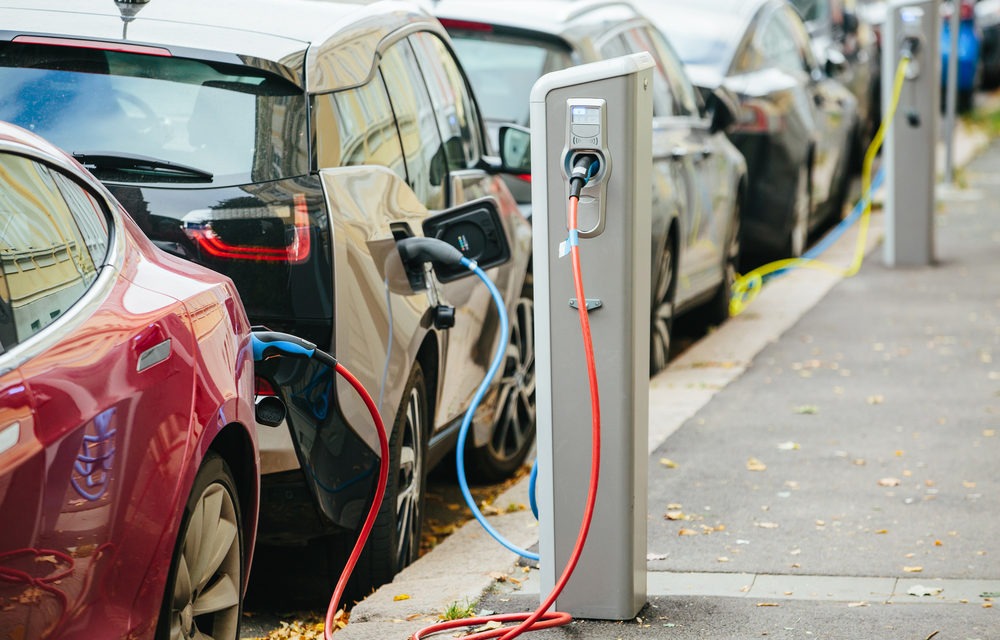Problem with Electric Vehicles in California Could be the Power Supply [Opinion]
When General Motors, America’s largest automaker, announced it was ending sales of gasoline and diesel powered automobiles by 2035 in favor of electric vehicles and battery-powered cars, many people appeared to love the concept.
As a Californian by birth and a resident most of my life (except while serving on active duty in our military), I was concerned.
To be clear, I am a fossil fuel car fan. I learned to work on cars with my father and brother at the age of 9 years old. Those who know me understand I enjoy owning cars and then selling or trading them for something different.
Electric cars are awesome achievements from a mechanical point of view. One look inside the Tesla cockpit and the thing screams cool. One look at the price tag and you know it is for the top 3% of income earners in our great country.
My wife Brenda wanted a Ford Fusion Energy. She was commuting from the Coachella Valley or Lake Arrowhead to her job as Deputy Director of Riverside County Health Department. The vehicle turned out to be a lemon. Seems the 2015 electric and fossil fuel-powered vehicle was fraught with problems.
In the next 15 years, GM has plenty of time to perfect electric vehicles. so reliability shouldn’t be an issue.
Our guess is the issue will likely be the “fuel“ supply. Electric cars have to be charged. I enjoyed plugging in our Fusion Energy. When it worked it was fuel efficient. That overnight charge resulted in our electricity bill going up about 30%.
The issue for what could be 2.5 millions electric vehicles GM sells in 2035 will be California’s (other states, too) ability to provide electric vehicle owners the power they need to charge the battery.
It’s a fair question and not a criticism. If you live in California you have probably had your power shut down by your power provider. This happens during “fire season” and also during the “Santa Anna wind events.”
If it isn’t the high winds or fires, it is the high heat. When the heat cranks up in the Coachella Valley (May to October) power outages are a reality.
Seems those suppling power just can’t supply enough for all our air conditioners. So how can we rely on those power providers to “refuel” our electric vehicles now or in 2035?
The Coachella Valley is a great location for windmills that produce enough power for about 35,000 homes. The Noble brothers are wind energy pioneers and experts in wind energy.
Riverside County helped set policy that made the county wind-energy friendly. The late Supervisor Roy Wilson helped create policies that made wind-energy development practical. Wilson served as the County Supervisor until his passing in August 2009.
He also supported solar power and its development. Had it not been for his untimely passing, he would have had a great impact on energy policy. His appointed successor John J. Benoit set out to create polices that taxed solar developers. His polices increased development costs and made the region less attractive for solar energy development. This is not to say John J. Benoit wasn’t a good public servant. He spent his adult life as a CHP officer and did a great deal of charitable work with United Way.
Which brings us back to the question of our electricity providers’ ability to provide enough electricity to charge our electric car and trucks?
Since our President and his administration have declared war on fossil fuel-powered vehicles we are going to need more wind and solar plants across our country. We are hopeful that energy policy makes it easier for wind and solar power producers to site wind and solar energy facilities. That means limiting local authorities’ ability to pile fees and taxes on the energy providers. This means our Federal Energy Czar needs the authority or legislative abilities to get laws on the books that create incentives for energy investments on a grand scale.
For those individuals and companies who invested in Compressed Natural Gas vehicles, it’s time to say “Hasta La Vista“ to those investments and vehicles. CNG is another fossil fuel on the list of things the President and his Energy Czar wish to obliterate. Don’t forget that our power plants are fired by CNG , coal, and a few nuclear power plants.
So will great pioneers like the Noble Brothers be able to produce enough wind energy to fuel Americans energy needs? Will it be possible to develop enough solar energy to power America’s millions of plug in cars and trucks?
While GM makes great fossil fuel vehicles, (they built $2 million plus last year) Americans have purchased just 20,000 electric vehicles last year. Range, high costs, and looks didn’t help GM sales any.
Right now power generators (Edison-PG&E) must focus on having sufficient power supplies of power to run air conditioners during the hot summer months. Our President, his administration, and blue party elected and appointed leaders told you they want to make American carbon neutral. They weren’t kidding and our auto industry wants to help.
Our power providers have 14 years to figure out and then build enough wind and solar plants to meet the energy needs for 340 million Americans. Let’s hope all those gas station and convenience store owners get great union jobs as the fossil fuel industry is phased out by the energy. My advice to my friends in the fossil fuel retailing business and those who produce and refine fossil fuels is to look for a new line of work.
As fossil fuels are phased out, costs will go through the roof for cars and trucks powered by electricity. Costs to charge your car or truck will also go up. Your power bill will reflect the costs of building all the solar and wind energy.
The next few years are going to be very interesting on many levels. If you don’t like battery-powered cars, write the automakers. If you don’t like energy policy, write your members of the House and Senate. Don’t forget your mayors, county leaders, the governor, or state officials. They actually care about what you have to say even if they are on the opposite side of the fence.
Image Sources
- Electric vehicles at charging stations: Shutterstock







